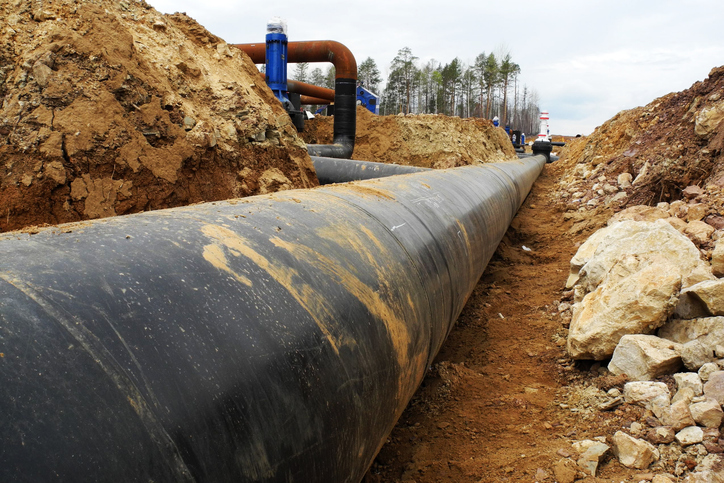The Environmental Protection Agency recently published a Cumulative Impacts Addendum (“Addendum”) to its Legal Tools to Advance Environmental Justice (“EJ Legal Tools”), issued in May 2022.
This Addendum builds on the cumulative impacts discussion in the EJ Legal Tools and provides additional detail and analysis regarding the EPA’s legal authority to address cumulative impacts affecting communities with environmental justice concerns.[1] These authorities include standard-setting, permitting, cleanup, emergency response, funding, planning, and state program oversight.
Although the Addendum itself is not a legally …
Continue Reading






